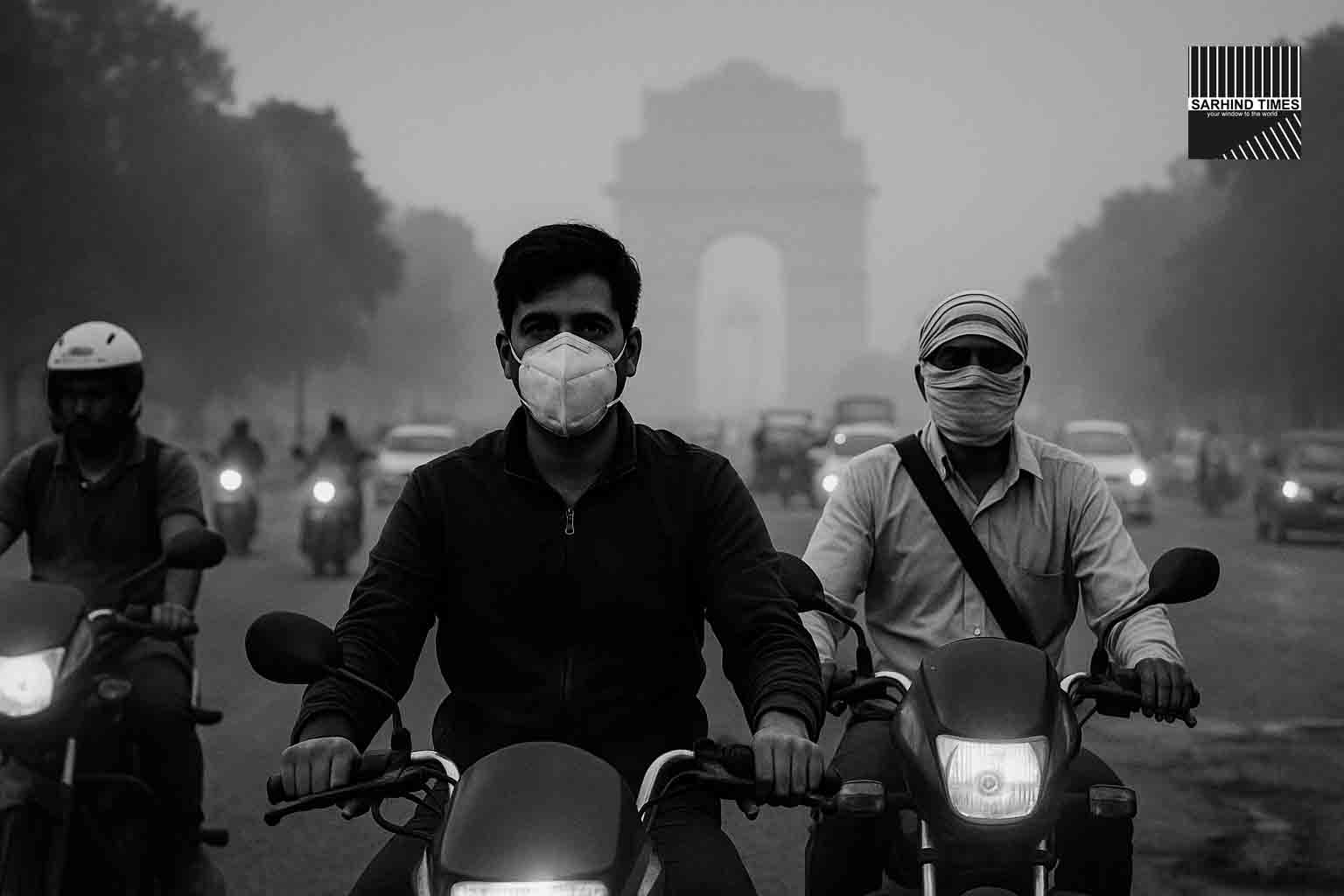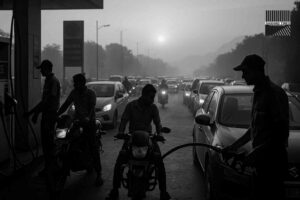The southwest monsoon has officially withdrawn from the Delhi-NCR region, signaling the start of a long stretch of clear skies, dry weather, and a gradual build-up of air pollution typical of the post-monsoon period.
This year’s September rainfall pattern was unusual: only eight rainy days were recorded in Delhi, yet cumulative rainfall exceeded the monthly average. While the surplus helped recharge groundwater and reservoirs, it also overwhelmed stormwater drains and exposed the vulnerability of older neighborhoods to flooding.
With the rains now gone, temperatures are expected to remain warm and dry throughout the week, offering relief from humidity but also ushering in the early signs of pollution season.
The Monsoon’s Exit: A Seasonal Turning Point
The India Meteorological Department (IMD) confirmed the monsoon withdrawal from NCR earlier this week. Key observations include:
- Excess rainfall in September despite fewer rain days.
- Localized flooding in East Delhi and Gurgaon, where drainage remains inadequate.
- Strong wind shifts towards drier northwesterlies, a classic sign of seasonal transition.
For farmers in Haryana and western Uttar Pradesh, the rain surplus has aided late kharif crops, though waterlogging damaged some low-lying fields.
Weather Outlook: Warm, Dry Days Ahead
Forecasts indicate:
- Daytime temperatures around 33–35°C.
- Cooler nights by the weekend, with minimums dipping below 25°C.
- Skies largely clear, with only thin cloud patches expected.
This is the phase many in Delhi call the “golden weeks”—pleasant mornings and evenings before the sharp chill of November sets in.
The AQI Story: Moderate, but Rising
This morning, the Central Pollution Control Board (CPCB) recorded an AQI in the “Moderate” band, though some pockets slid into “Poor-low”:
- PM2.5 levels hovered around 40–45 µg/m³, above the WHO’s safe limit of 15 µg/m³.
- Hotspots included Anand Vihar, Dwarka, and Ghaziabad, where dust and traffic contributed to spikes.
Health advisories suggest:
- Sensitive groups (children, elderly, asthmatics) should limit prolonged outdoor exposure during late mornings.
- Masks and air purifiers may be useful in high-exposure zones.
Why Post-Monsoon Pollution Builds Up
The retreat of the monsoon sets the stage for NCR’s infamous winter smog. Factors include:
- Dust resuspension from dry surfaces and construction.
- Slower wind speeds, reducing pollutant dispersal.
- Upcoming crop residue burning in Punjab and Haryana.
- Increased vehicular emissions as festive season mobility rises.
This period is the start of what environmentalists call the “pollution runway”, culminating in severe AQI levels by late October and November.
Civic Response
Authorities claim preparedness:
- Mechanical sweeping on arterial roads.
- Dust suppression drives in high-construction corridors.
- Monitoring of construction sites for compliance with anti-pollution norms.
However, residents remain skeptical, citing repeated seasonal lapses. “Every year we hear the same announcements, but the smog still chokes us,” said a resident from Dwarka.
Health Lens
Doctors warn that even “Moderate” AQI levels can stress vulnerable groups:
- Respiratory issues for asthmatics.
- Eye irritation and fatigue due to fine dust.
- Cardiovascular strain in elderly patients.
Hospitals in NCR often see a 20–30% spike in respiratory OPDs during October as AQI levels climb.
The Global Context
Delhi’s air pollution remains a global talking point. WHO and UNEP consistently cite NCR as a case study in urban growth vs. environmental health.
Interestingly, many Asian capitals (Beijing, Dhaka, Kathmandu) also face similar post-monsoon AQI spikes, underscoring the regional nature of transboundary pollution.
Citizens’ Role
Experts emphasize that solutions cannot be top-down alone. Residents can contribute by:
- Reducing personal car usage during peak hours.
- Ensuring construction compliance in RWAs.
- Supporting tree plantation drives in localities.
Looking Ahead
The immediate outlook is clear skies and manageable AQI. But within weeks, the conversation will shift to stubble burning, smog towers, and emergency plans.
For now, Delhi enjoys its brief reprieve—a window of pleasant weather before the familiar haze sets in.
Conclusion
The withdrawal of the monsoon marks both relief and risk: relief from rains, risk of rising pollution. The challenge for Delhi-NCR lies in leveraging this transitional phase to act decisively—improving civic enforcement, encouraging citizen cooperation, and preparing for the battle against winter smog.
Without that, the city risks repeating its seasonal cycle of neglect, outrage, and crisis response.
#Delhi #Weather #Monsoon #AQI #AirQuality #NCR #Pollution #Environment






















+ There are no comments
Add yours